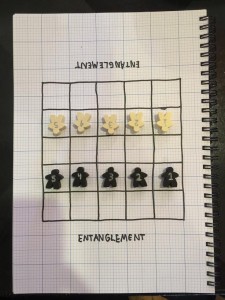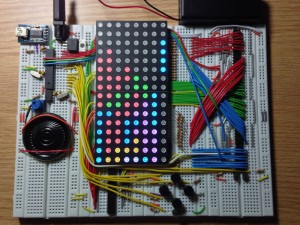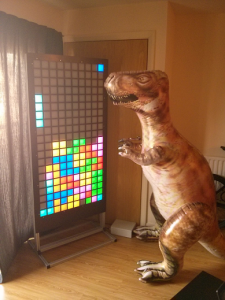OR
Why working 5 or 6 hours in the AM is WAY less productive (for me) than working 7 or 8 hours throughout the day
First of all, I sort of wondered if this would happen. I’m not a morning person. I’ve never been a morning person. I used to tell people I worked with that I couldn’t manage to get anything done before 10 AM, not because I wasn’t awake, but because I couldn’t convince my brain that I was awake. It took an hour to get into the groove, maybe.
But just now I came up with a new theory.
In the past, I’ve had days where my morning is productive, but also days where my morning is unproductive. Possibly in disproportionate amounts, but let’s assume for a minute they are in equal frequency. On the days where my morning was unproductive, I am often aware of this, and compensate by trying to work extra hard (or be extra focused) in the afternoon.
Additionally, I am a lunch guy. I never eat breakfast. This is relevant because, probably due to blood sugar (or something else, who knows), if I don’t eat, and I’m really hungry, I notice my productivity really drop. (Hey, it JUST occurred to me that my lack of eating breakfast might have something to do with my lack of productivity in the AM. I never claimed to be smart.) Anyway, lunch is the most important meal of the day for me, if I don’t eat lunch, I often end up scratching my head at 2 pm, wondering what I’ve done with the last two hours.
So now, if I find that I’ve had a non-productive morning, I push myself hard to get more done… often “working” through lunch, (or through when I should be eating lunch), and then realizing that I haven’t been productive even while trying to be extra productive.
The new difference, and the productivity KILLER here, is that now I am done working around 2:15. So if I didn’t have a productive morning, even if I do eat lunch, I’ve only got like another hour or so of work remaining to try and be extra productive. I can remember days in the last couple of weeks where I’ve had exactly this revelation, and it’s been pretty demotivating.
Perhaps this is just the latest in a long line of thoughts justifying my lack of productivity. In short, writing this post: was it procrastination? Or productive?



